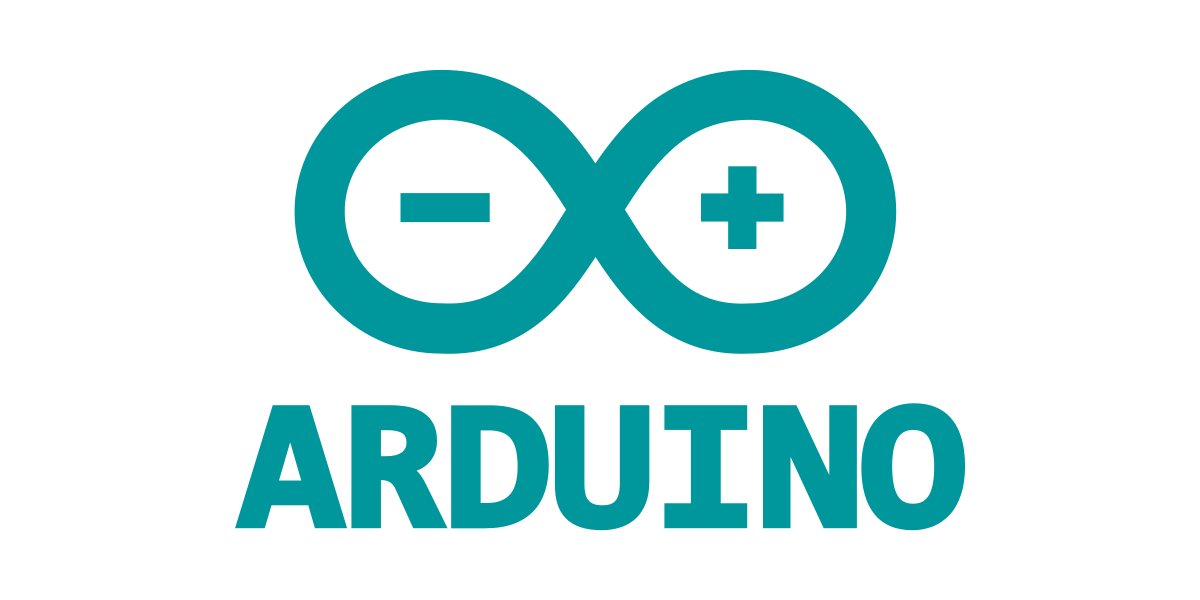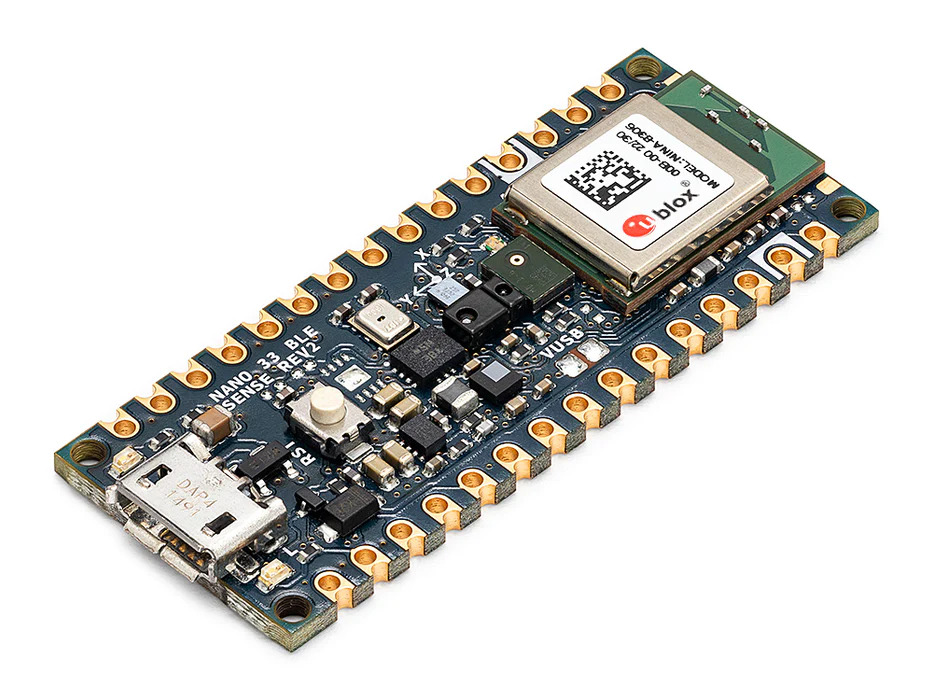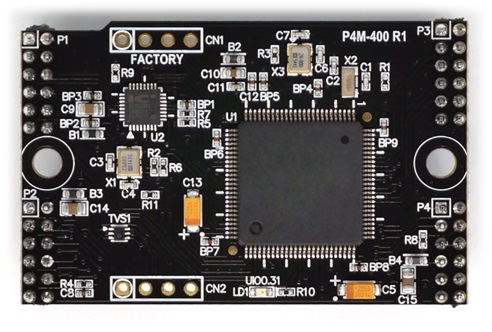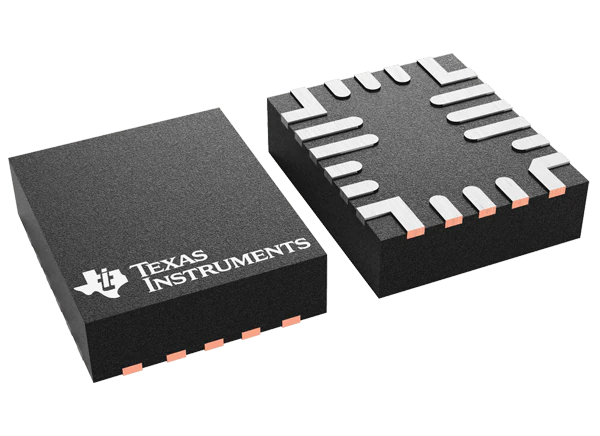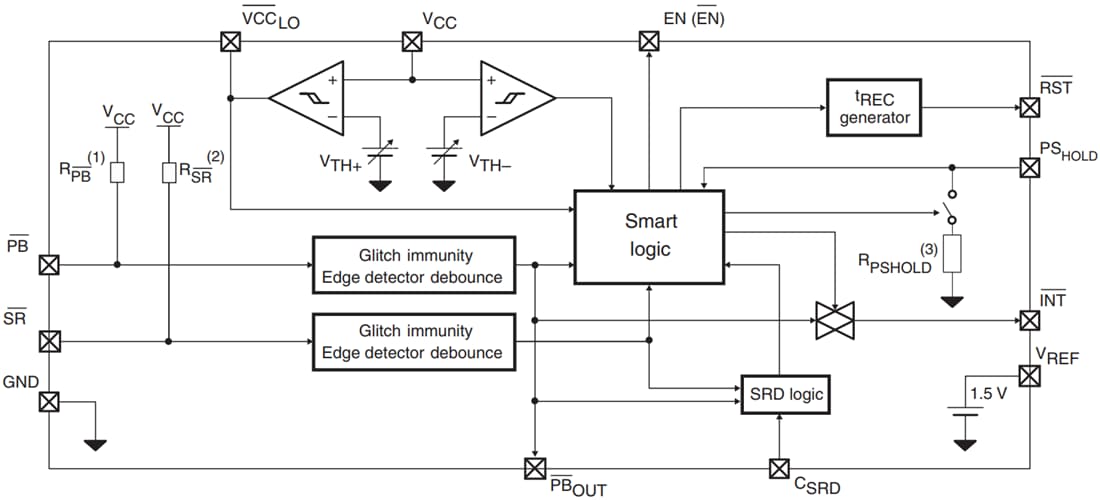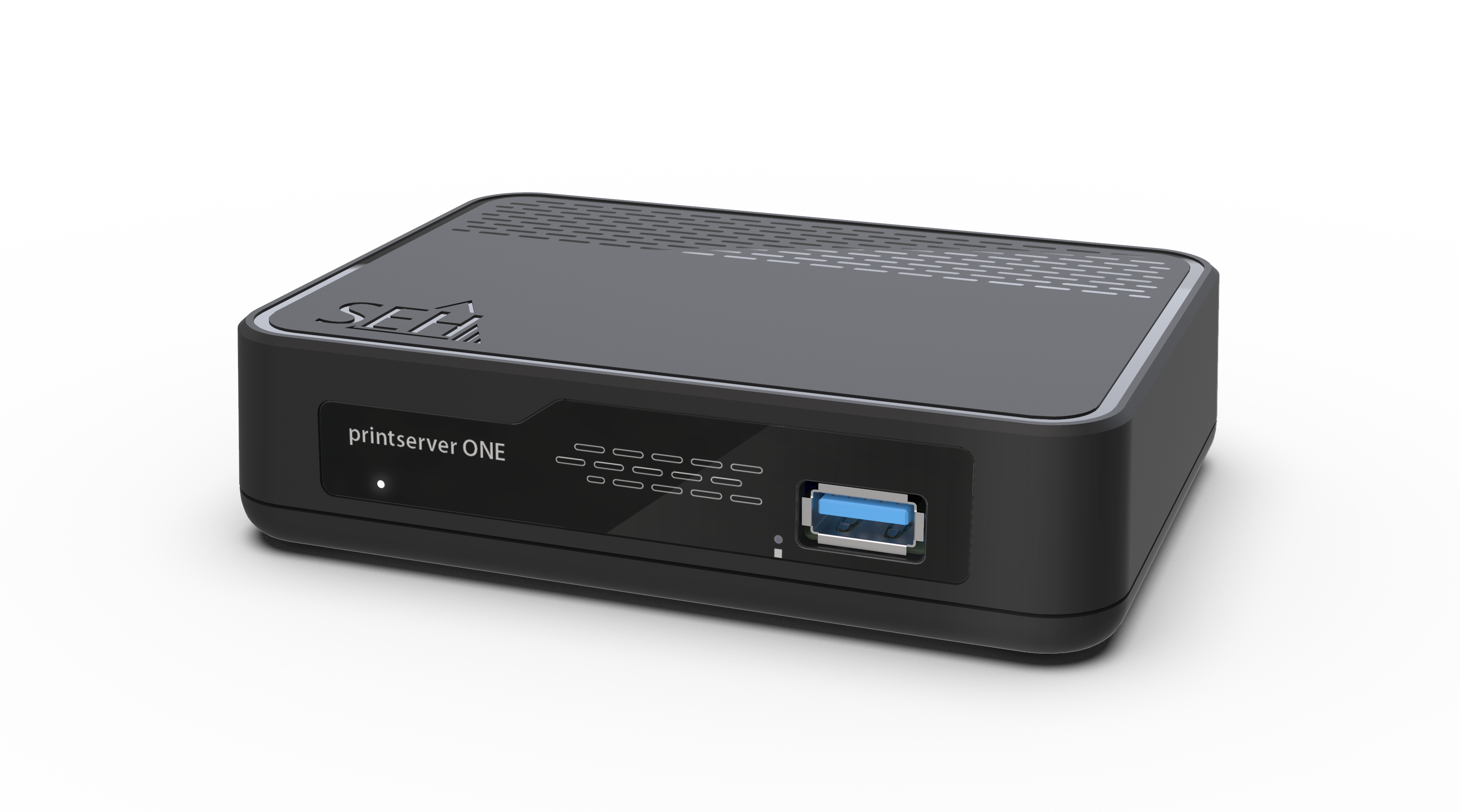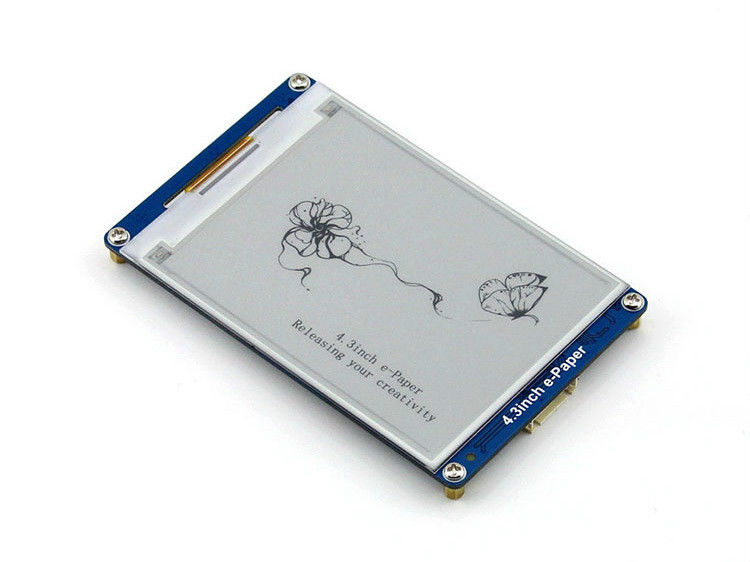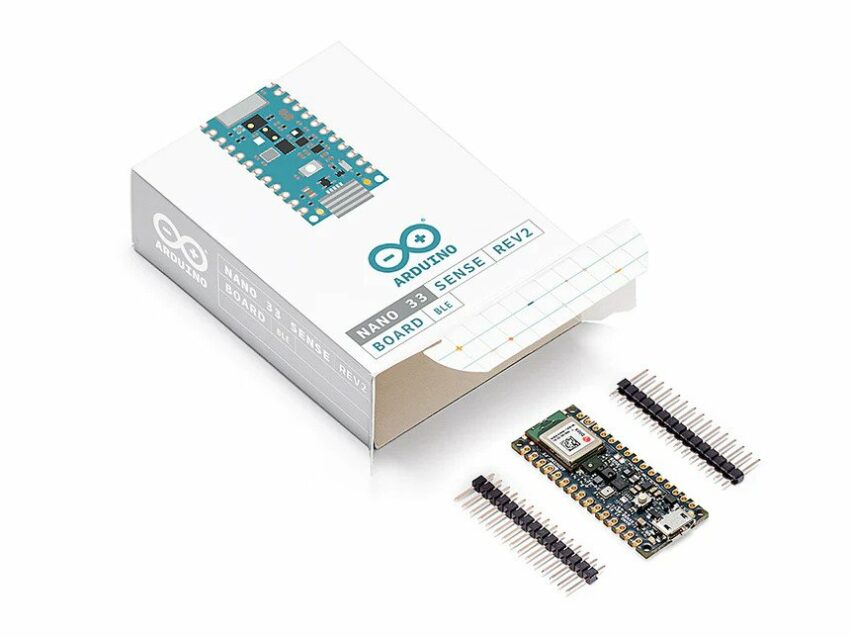
Arduino Nano 33 BLE Sense Rev2 supports edge computing using Edge Impulse platform
Arduino designed Nano 33 BLE Sense Rev2 board for beginners and entry-level professionals to get familiar with embedded machine learning capabilities. The Arduino Nano 33 BLE Sense Rev2 features Nordic Semiconductor’s nRF52840 microcontroller featuring an Arm Cortex-M4 32-bit processor with FPU, clocked up to 64MHz frequency.
The Arduino Nano 33 BLE Sense Rev2 supports the TensorFlow Lite library to allow customers to explore the ability of edge computing on this miniature device. To get started with TinyML, the board supports the use of the Edge Impulse machine learning platform, which can be used to train, deploy, and monitor machine learning algorithms.
Specifications of Arduino Nano 33 BLE Sense Rev2
- Microcontroller: Nordic Semiconductor nRF52840
- Onboard sensors: APDS9960 is a gesture, light proximity, and color sensor; LPS22HB is a barometric pressure sensor, and HS3003 is a temperature and humidity sensor
- Machin learning capability: Support TensorFlow Lite library and capable of using Edge Impulse platform
- Operating voltage: 3.3V
- Input voltage: 21V
- Clock speed: 64MHz
- Storage: 1MB
- Memory: 256kB
- Serial communication: 1x UART, 1x SPI, 1x I2C
- Analog input pins: 8x ADC 12-bit 200k samples
- LED: Pin 13
- Interfaces: USB Type-C port
The Arduino Nano 33 BLE Sense Rev2 runs on the Arm Mbed operating system, which is open-source, easy-to-use software for IoT applications. This operating system is specifically designed for Arm Cortex-M-based microcontrollers and includes security, storage, connectivity, RTOS, device management, and drivers for sensors and input/output devices.
The hardware platform is equipped with several onboard sensors that can detect color, proximity, motion, temperature, humidity, audio, and many more. The board can connect to Bluetooth Low Energy wireless connectivity to transfer onboard data. The BLE module from U-Blox has an internal antenna and can transmit data between different devices using the ArduinoBLE library.
The device has an omnidirectional digital microphone that can capture and analyze audio in real-time to create a voice interface for any IoT project. The sensor uses the Pulse Density Modulation library to use these functionalities. Here is a detailed guide on how to control the onboard RBG LED light with a microphone.
For interested professionals, the Arduino Nano 33 BLE Sense Rev2 is currently available for purchase at $40.50.





